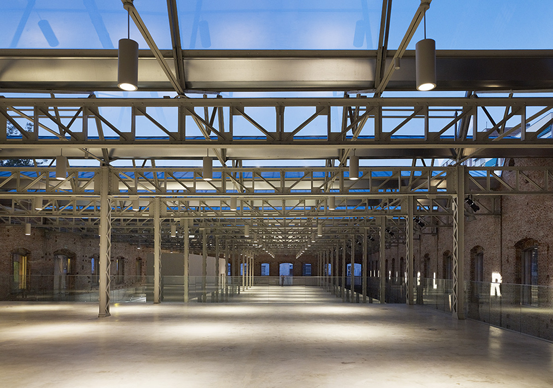Get to know the integral concept of energy architecture of the current Daoiz y Velarde theater
The rehabilitated building is the former Daoiz y Velarde barracks, an exempt building owned by the municipality and located on Alberche Street (Madrid). It was abandoned and in disuse before the refurbishment began. Eneres intervened by proposing new energy saving opportunities.
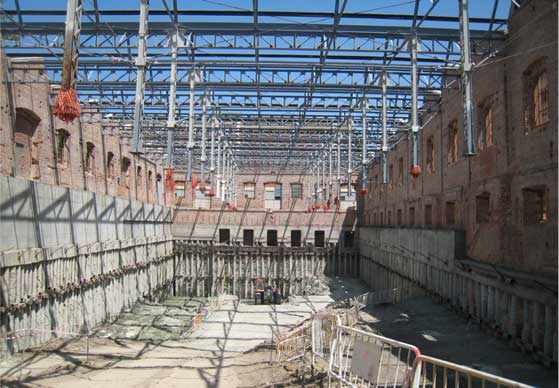
The floor plan of the protected building is trapezoidal. Its dimensions are 85.9 x 23.1 x 86.2 x 30.9 m (85.9 x 23.1 x 86.2 x 30.9 m). It is developed as a single volume of constant section. The sawtooth roof of industrial typology is built with metal profile knives.
The structural system denotes a purely functional language without aesthetic boasts. The distribution brings to the whole of the nave, in its interior appreciation, the values of sequence and a great lightness in its elements.
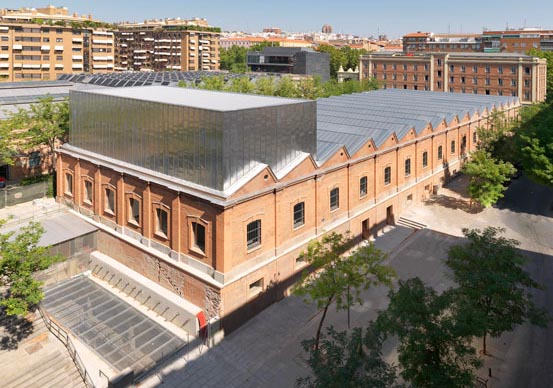
The former Daoiz y Velarde barracks have been refurbished to house the district's cultural center and a children's theater. These have been designed as two independent buildings, with separate services, access and facilities.
The intervention on the barracks respects its facade and its metal structure of pillars and roof, emptying two basements inside. The emptying reached a depth of 13 meters, preserving the façade and supporting it by means of a perimeter pile screen.
Thanks to a careful study of the roof, the old building has been preserved and converted into a highly technical container, capable of taking advantage of natural light and ventilation to create a microclimate inside, a protected and comfortable place at any time of the year. By multiplying the surface area of the subway envelope with respect to the initial project, temperature conservation is substantially improved, since a large part of it is below ground level. The use of light is achieved by means of a glass and zinc roof.
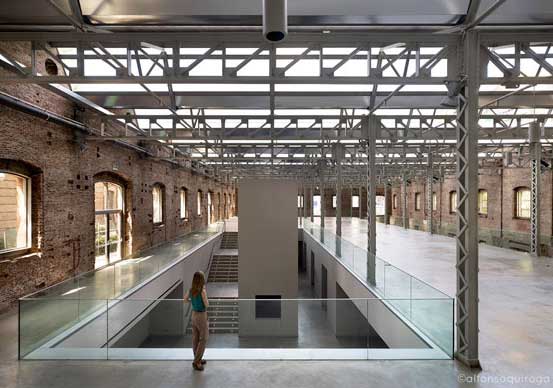
The closed geothermal collection circuit consists of 33 vertical heat exchangers 157 m deep, into which 32 mm diameter double U-shaped probes have been inserted.
The heat exchangers consist of two 90 kW geothermal heat pumps which in turn feed the structural slabs of the building, incorporating in the circuit a mass of 500 kg/m2 of heat exchanger.2. The concrete works as an energy accumulator, transmitter and absorber device that allows us to solve the air conditioning of the building.
The construction of a new concrete structure has made it possible to incorporate heat transfer circuits to thermo-activate it and use it as a radiant air conditioning system.
The ground-to-air geothermal heat exchangers are built under the foundation slab, taking advantage of the heat exchange capacity of the ground for the thermal conditioning of the supply air, achieving 2/3 of the initial consumption savings.
The earth-air exchanger acts as an energy transfer medium between the ground and the air. The air circulates inside a buried collector and transfers or captures heat from the ground. In this way, when this air is introduced into the building through the UTASs, it will have a temperature closer to the required temperature, and the thermal jump will be lower than if it were taken from the outside.
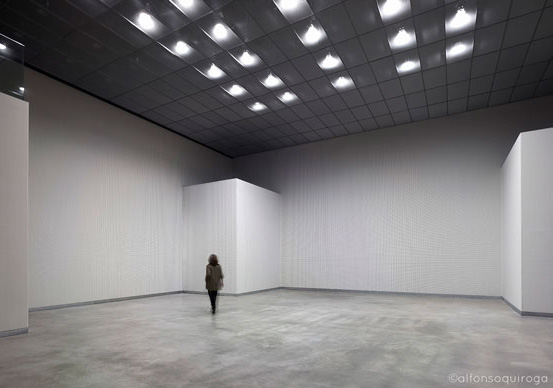
The interior spaces have been configured in such a way that the district's cultural center and the children's theater, although independent, are interrelated and interconnected.
We have thought of creating a large common space for communications between the cultural center and the theater. A place of convergence, orientation and exhibition that functions as a protected agora, as an extension of the exterior plaza in the interior. In this way, the cultural complex is interrelated with the exterior public spaces.
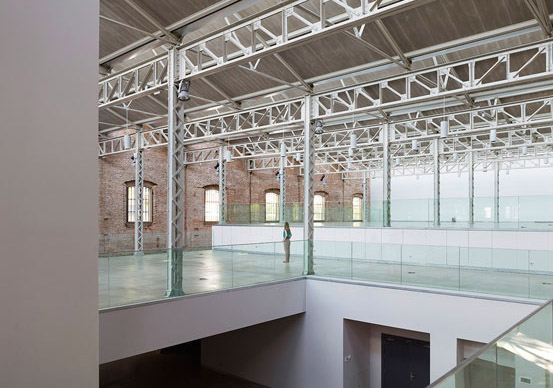
Promoter
Government Area of the Arts. General Directorate of Cultural Infrastructures
Architect
Rafael de la Hoz
Builder
Fernández Molina, Works and Services
Eneres Services
Integral concept of energetic architecture
